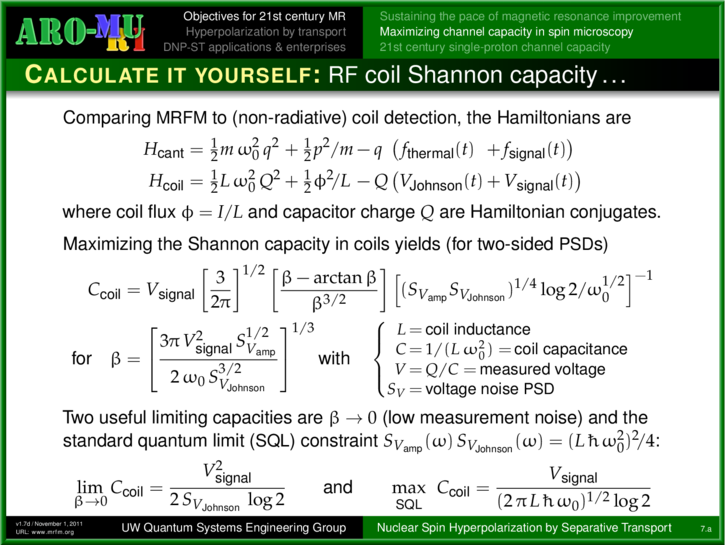A generic model of a spin coupled to an oscillator is the Jaynes-Cummings model, for which a full-text arxiv search finds 1820 "Jaynes–Cummings" preprints (ouch!). So there is a lot of literature out there.
As it happens, inductive circuit oscillators work worse as one makes them smaller-and-smaller, but mechanical oscillators work better-and-better, thus micromechanical systems are well-suited to studying the dynamics of measurement and noise at the classical-quantum boundary, which I take to be the focus of the query.
For an experimental description of single-spin detection via a mechanical detector, see Rugar, Budakian, Mamin, and Chui "Single spin detection by magnetic resonance force microscopy" (Nature 2004), and for a POVM-style quantum analysis of the (noisy) detection process of this experiment, see our UW QSE Group's "Practical recipes for the model order reduction, dynamical simulation, and compressive sampling of large-scale open quantum systems" (NJP 2009).
For a microscopy-centric look into the future see the PNAS survey Spin microscopy's heritage, achievements, and prospects.
Because Jaynes-Cummings dynamics appears in so many guises, it would be a very considerable undertaking to provide a comprehensive literature review.
If we focus on magnetic resonance imaging and spectroscopy, and adopt Shannon channel capacity as a natural figure of merit, then it is straightforward to compute the quantum limits to this channel capacity (slide from a recent talk):

(PDF file)
It is a remarkable fact that over the past 65 years, single-spin magnetic resonance channel capacity has doubled approximately once per year, and there is quantum head-room for approximately 27 more such capacity doublings.
Thus, if one is interested to press against quantum limits to speed and resolution in magnetic resonance imaging and spectroscopy, there is ample of work to be done, and plenty of scope for further improvements.

